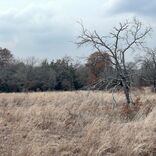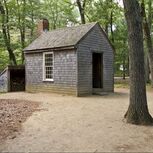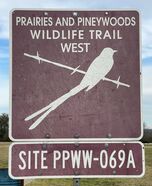The good building is not one that hurts the landscape, but one which makes the landscape more beautiful than it was before the building was built.
– Frank Lloyd Wright
This semester, students will explore the profound relationship between landscape and architecture. Our goal is to design a series of buildings that merge with their surroundings and make occupants aware of inherent characteristics in the landscape of which they are a part. A series of introductory projects will focus on specific research, drawing and model building exercises, and readings of literary texts to introduce landscape concepts. A second project will build on this early work allowing students to further investigate these ideas and develop them in detail. Students will independently observe and construct a unique response to the world they see.
ECO: not harming the environment; eco-friendly.
SCAPE: combining form
suffix: -scape
denoting a specified type of scene.
ECO: not harming the environment; eco-friendly.
SCAPE: combining form
suffix: -scape
denoting a specified type of scene.
Proposed Projects
|
Prairie Landscape Pavilion
Beginning with an investigation of the Texas Blackland Prairie, students will identify a single word that represents the characteristics and qualities of the landscape. Using this word, they will conduct a series of geometric studies to represent the word in two-dimensional drawing. Extracting essential elements from this drawing, the students will then transform this information into a design for a pavilion. Placed within the prairie, it's purpose is to reveal the student's chosen word to occupants through observation and experience of the surrounding landscape. |
|
pr(AIR)ie BNB: Landscape Detox
Utilizing the same word derived from their pavilion project, students continue their investigations of the blackland prairie through a hypothetical residential design scenario: An individual owning a large tract of land within the LBJ National Grasslands wishes to restore the property back to native prairie and allow public access to the land. To fund the restoration and provide additional use to the site, the owner wants to construct a unique Airbnb available for rent. They wish for the guest experience to match that of the landscape pavilion project. Through this project, students will explore how a temporary residence can connect occupant and landscape in profound and meaningful ways to raise an awareness about the specific characteristics and beauties of that landscape. |
|
Landscape Writers' Retreat: The Environmental Muse
For this project, students will design a living and working retreat for a group of writers. The work of each writer-in-residence is in some way tied to ideas about landscape, either as inspiration or as way of communicating ideas. Architectural designs for this retreat must connect occupants with the surrounding environment at a variety of scales (micro to macro). Because of a remote project location within the LBJ National Grasslands park, students will also be responsible for creating a sustainable architecture that is inspired by and connected to the landscape of which it is a part. Rather than selecting a specific property with defined legal boundaries, project sites will be defined by an area of natural landscape that suggests an appropriate and inspirational location for a writers’ retreat. From this landscape, students will then design the project, allowing occupants to live and work in deep and poetic connection with this place. |
|
Tandy Hills Visitor and Research Center
Working to raise community awareness and understanding of native landscapes, students will design a community centerpiece for the Tandy Hills Natural Area in Fort Worth, Texas. "Tandy Hills is a pocket of remnant Fort Worth Prairie that stretches from the Brazos River to the Red River along a narrow strip (10 – 30 miles wide) of limestone bedrock and marl soils. This highly threatened prairie ecosystem has been fragmented and there are only a few remaining examples of what the rolling prairie looked like in predevelopment times. One example is at Tandy Hills, only 5 miles from downtown Fort Worth. Within the park, visitors can enjoy an amazing diversity of prairie wildflowers; some of which exist nowhere else in the world outside of the Fort Worth Prairie." |





